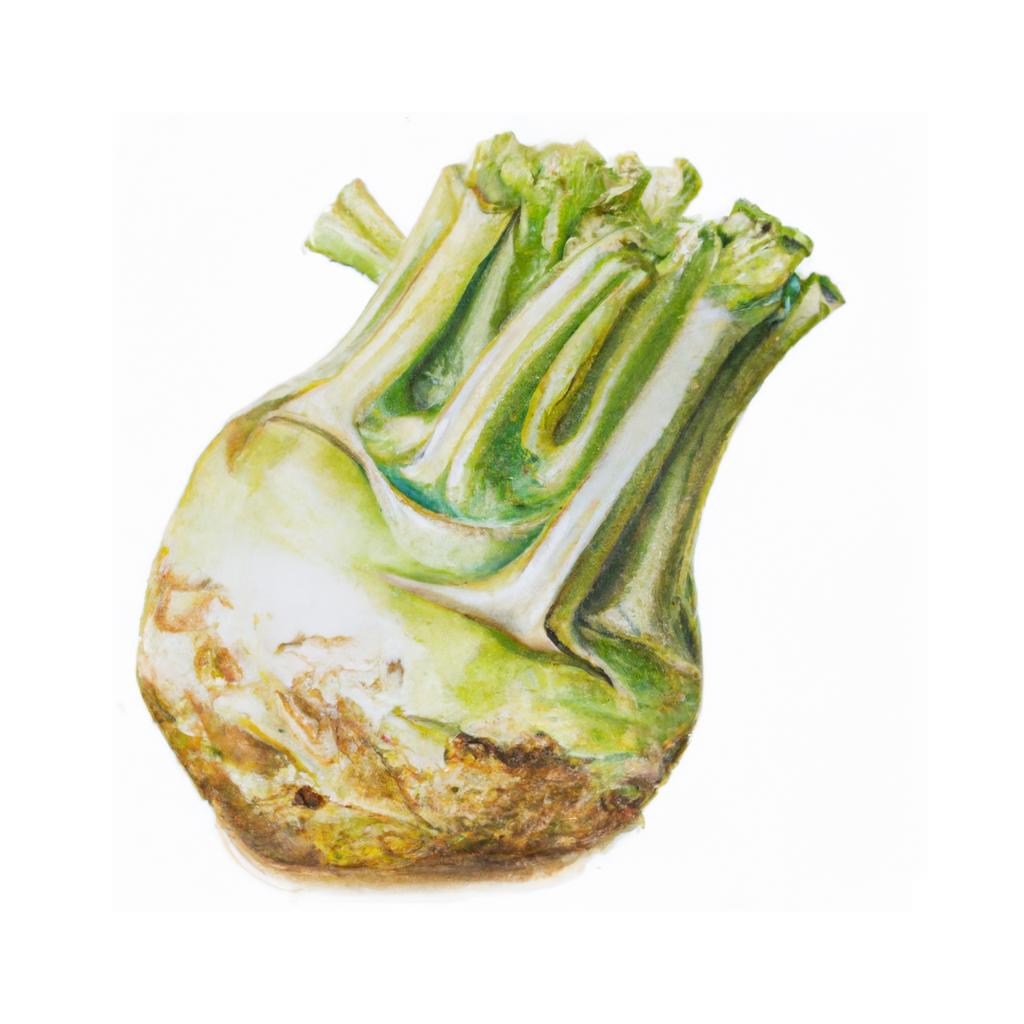
Celeriac, scientifically known as Apium graveolens var. rapaceum, is a root vegetable that belongs to the Apiaceae family. It's closely related to celery and parsley, which explains its nickname 'celery root'. The bulbous root has a rough and knobby appearance, with a subtle taste featuring a blend of celery and parsley flavors. Native to the Mediterranean region, celeriac has made its way into numerous culinary preparations across the globe.
Celeriac has been cultivated since ancient times for both medicinal and culinary purposes. The ancient Greeks and Romans believed in the root's health-boosting properties, using it as a remedy for indigestion, headaches, and ulcers. In more recent history, celeriac gained popularity during the Renaissance era, where it was featured in many banquet menus across Europe.
This versatile vegetable can be consumed both raw and cooked, lending itself well to various dishes such as soups, stews, and salads. When eaten raw, its crisp texture and distinctive flavor can add an interesting twist to coleslaw or remoulade. Alternatively, you can roast, boil, or steam the root, which softens its texture and mellows its taste. Celeriac pairs beautifully with ingredients like apples, walnuts, mustard, and specific herbs such as thyme and tarragon.
Beyond its unique flavor, celeriac boasts numerous health benefits. It's an excellent source of dietary fiber, vitamins B6, C, and K, potassium, manganese, and magnesium. These nutrients contribute to overall heart health, improved digestion, and a stronger immune system. Plus, it's relatively low in calories, making it a suitable addition to weight-conscious diets.
To grow celeriac in your garden, plant seeds indoors about 10-12 weeks before the last expected frost date. Then, once the seedlings have developed a few true leaves and the soil has warmed, transplant them into your garden. Celeriac prefers well-draining, fertile soil with a pH between 6.0-7.0. It requires consistent moisture, so be sure to water regularly. After around 100-120 days of growth, you'll find yourself with a tasty, fresh harvest of celeriac.
This is advice is most applicable to growers in the UK, you may need to adjust the timings if you live somewhere with a different climate and/or seasons.
| Month | Tasks | Advice |
|---|---|---|
| January | - | - |
| February | Start seeds indoors, | Sow celeriac seeds indoors in trays or small pots with quality seed compost. |
| March | - | - |
| April | Transplant seedlings, Harden off plants, | Transplant celeriac seedlings into larger pots or into the ground once they have several true leaves, keeping them at least 30 cm apart. Harden off plants before planting outdoors to avoid shock. |
| May | Maintain moisture, | Keep the soil consistently moist, as irregular watering can cause the roots to become hard and woody. |
| June | Maintain moisture, Thin seedlings, | Monitor the soil moisture, and thin seedlings if necessary to give each plant sufficient space to grow. |
| July | Maintain moisture, Maintain weed control, | Ensure the soil is consistently moist and keep the area free of weeds to prevent competition for nutrients. |
| August | Maintain moisture, Maintain weed control, | Continue to water regularly and remove any weeds that emerge near the plants. |
| September | Harvest celeriac, | Begin harvesting celeriac when the roots reach a diameter of 7-10 cm, taking care not to damage the delicate root system when lifting them from the soil. |
| October | Harvest celeriac, | Continue to harvest celeriac as needed, making sure to lift them before the ground freezes. |
| November | - | - |
| December | - | - |